Description
Qu’est-ce que le Sencha?
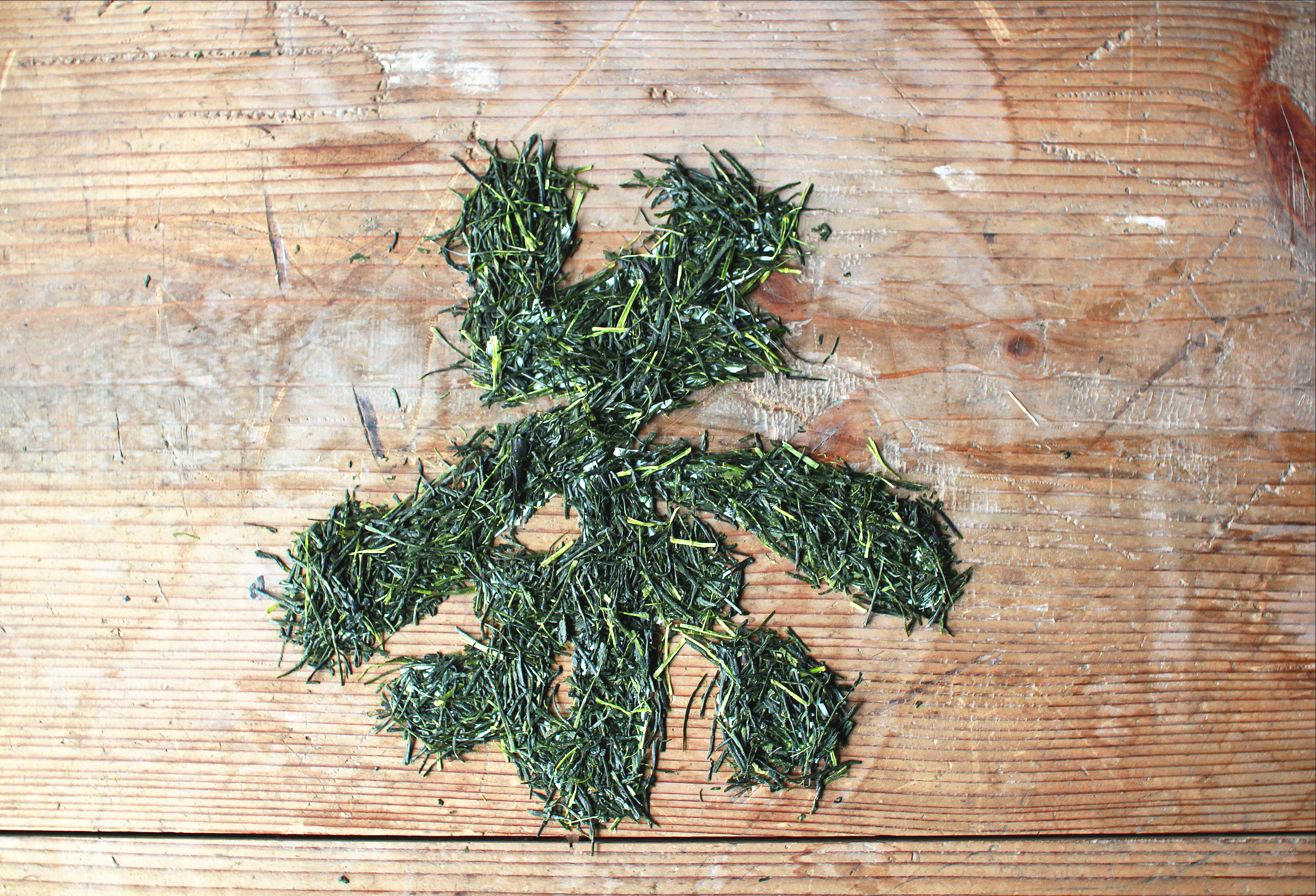
Le Sencha (煎茶), ou littéralement «thé infusé», fût inventé en 1835 et est aujourd’hui le type de thé le plus courant et populaire au Japon. Représentant plus de 80% de tout le thé vert du pays, il est unique par sa couleur émeraude distinctive et son goût végétal herbacé.
Après la récolte, les feuilles de thé sont immédiatement passées à la vapeur afin de stopper le processus d’oxydation. Cette étape cruciale permet de préserver tous les arômes frais et printaniers de la feuille, faisant du Sencha le thé symbole de printemps par excellence pour les Japonais. Les feuilles subissent ensuite tout un processus de roulages et de séchage, pour résulter en un magnifique thé de fines aiguilles.
Profil de l’agriculteur
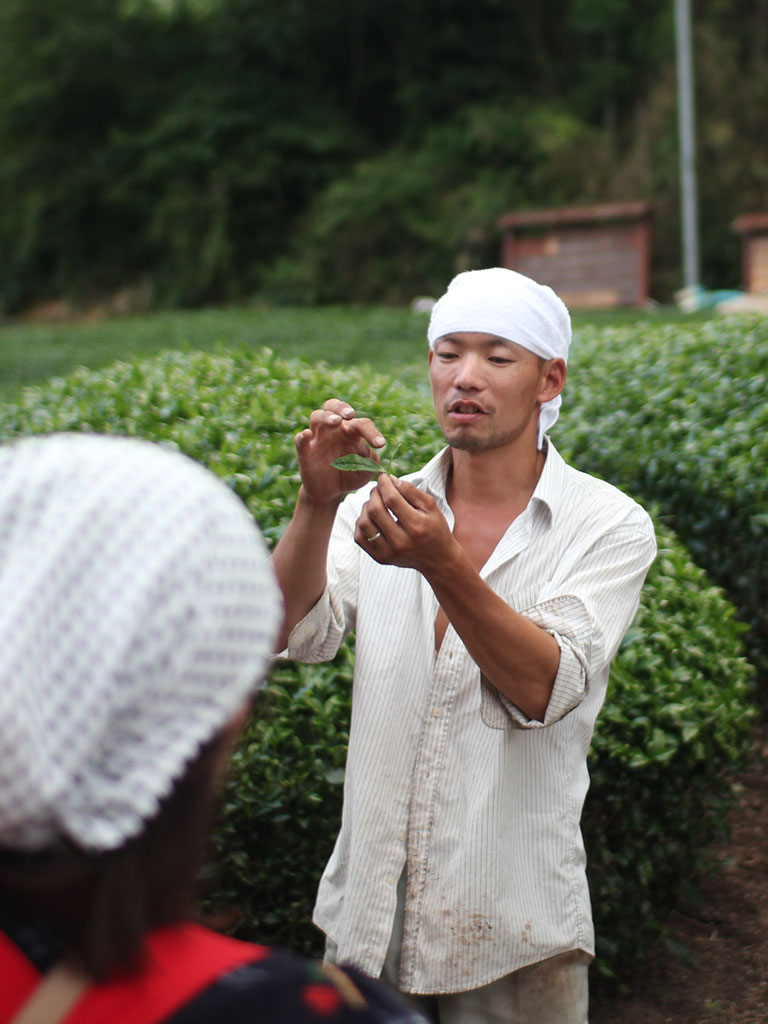
Akihiro Kita dit « Akky » est le président et l’exploitant agricole principal d’Obubu Tea Farm.
La création d’Obubu Tea est à l’origine de son désir de rendre le thé japonais accessible à tous !
Lors de ses années à l’université, Akky s’est fait engager en tant qu’employé saisonnier dans le village de thé de Wazuka et … ce fût le coup de foudre!
Il prit alors la décision de quitter l’université pour consacrer tout son temps à maitriser l’art de la culture du thé en devenant lui-même producteur.
Prenant conscience de l’envie et du besoin des agriculteurs indépendants tel que lui de partager la joie que procure une simple tasse de thé, il voyage depuis tous les ans durant la période hivernale pour diffuser sa passion pour le thé japonais avec des gens du monde entier.



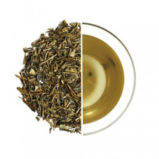
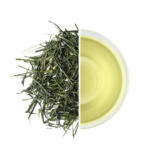

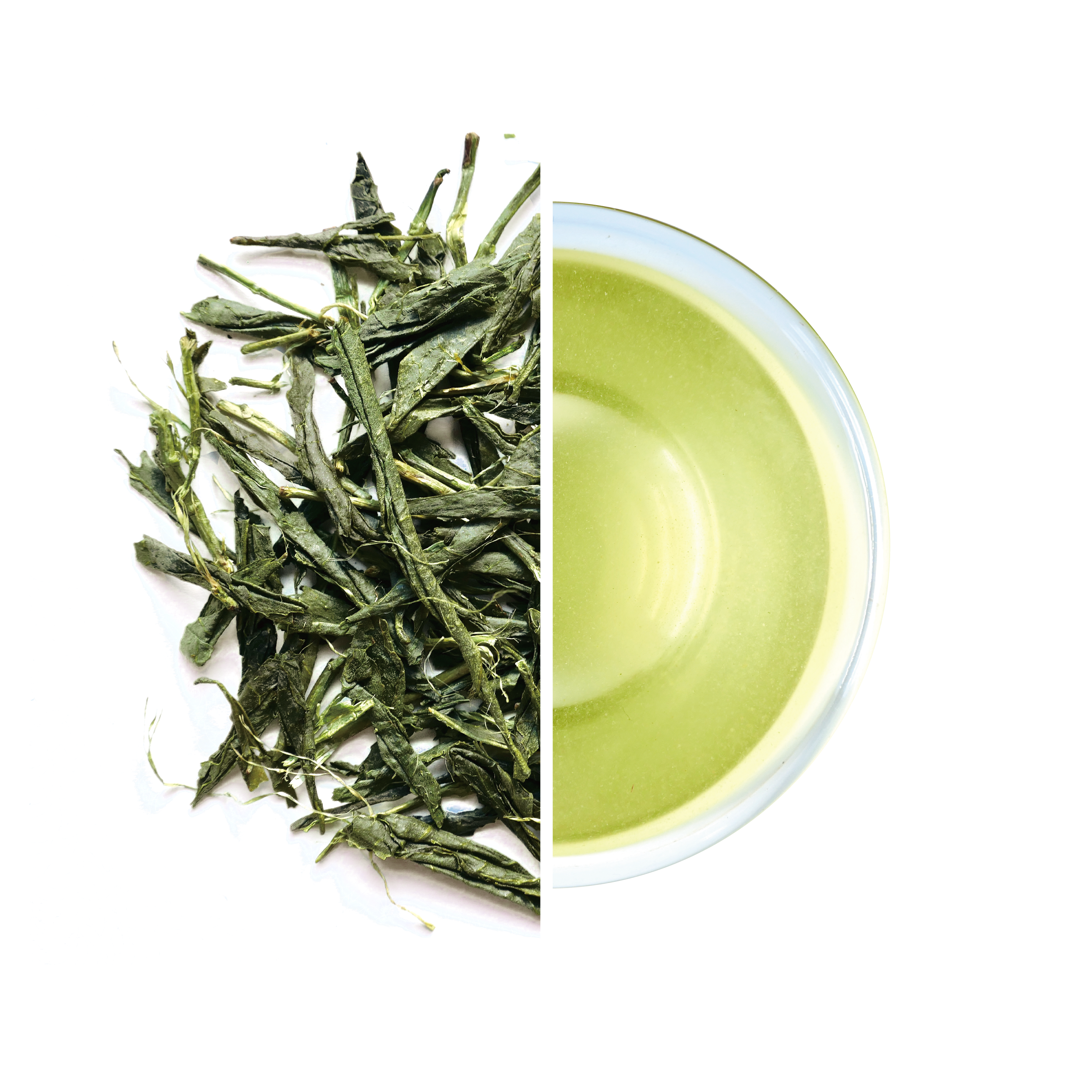
Obubu Tea –
Reviews by tea professionals and enthusiasts:
« Very solid green tea. Fairly delicate taste and slight astringency make it very easy to drink and enjoy »- Piotr S, 2016
« The first steep is delightful moonlight pale gold, like a moon coming up over the horizon! The taste is really quite mild and subtle, it might be the most subtle first steep of a Sencha I have run into. The mouth feel is very smooth, it starts off with the green taste of grass and stems, this moves into the very distinct taste of bamboo leaves, and after that we have sweet hay and a finish of edamame that lingers. The first steep is relaxing, I could almost see myself sipping this before taking a nap » – Amanda Freeman, 2015
« The flavour is a bit grassy, but more sweet, dry hay than fresh cut green grass. There’s nutty notes, and maybe a hint of kale and honey.
I’m really enjoying this cup a lot. Easy to drink, complex but still delicious if you’re sipping absentmindedly »- Anlina, 2014
« This one’s off to a nice start, with the dry leaves in the warm kyusu having a scent of moss and crisp iceburg lettuce. The wet leaves smell like more moss and a sort of fruity smell that is like the inside of a melon or a pumpkin, also like the smell of fresh strawberries. I don’t mean the smell of cooked strawberries or strawberry ice cream or anything like that, but the smell of the berries fresh off the vine, tart and ripe »- Lion, 2014
“I think this is REALLY incredible! This has all of the ‘right amounts’ of all of the stereotypical green flavors in it without any one flavor dominating the others. It leaves a sweeter after taste that is really wonderful! If you were to put the song “I’m a little bit Country – I’m a little bit Rock N Roll” up against this tea…well. it would be the tea equivalent to that song! A little bit of EVERYTHING GOOD in a Green Tea! Totally YUM!” – by TeaEqualsBliss, 2011
“It is rich and vegetative with a nutty undertone. There is an intriguing bittersweet flavor to this cup. Not a bad “bitter” – but a savory one that perks the taste buds right up and calls upon them to take another sip to experience the taste yet again.” – by Sorori Tea Sisters, 2011
“I really enjoyed this Sencha. Rather than the sweet, buttery notes that I sometimes get from a Sencha, I am getting an interesting bittersweet taste with a nutty undertone. The taste is fresh and exhilarating. Very nice!” – by LiberTEAS, 2011